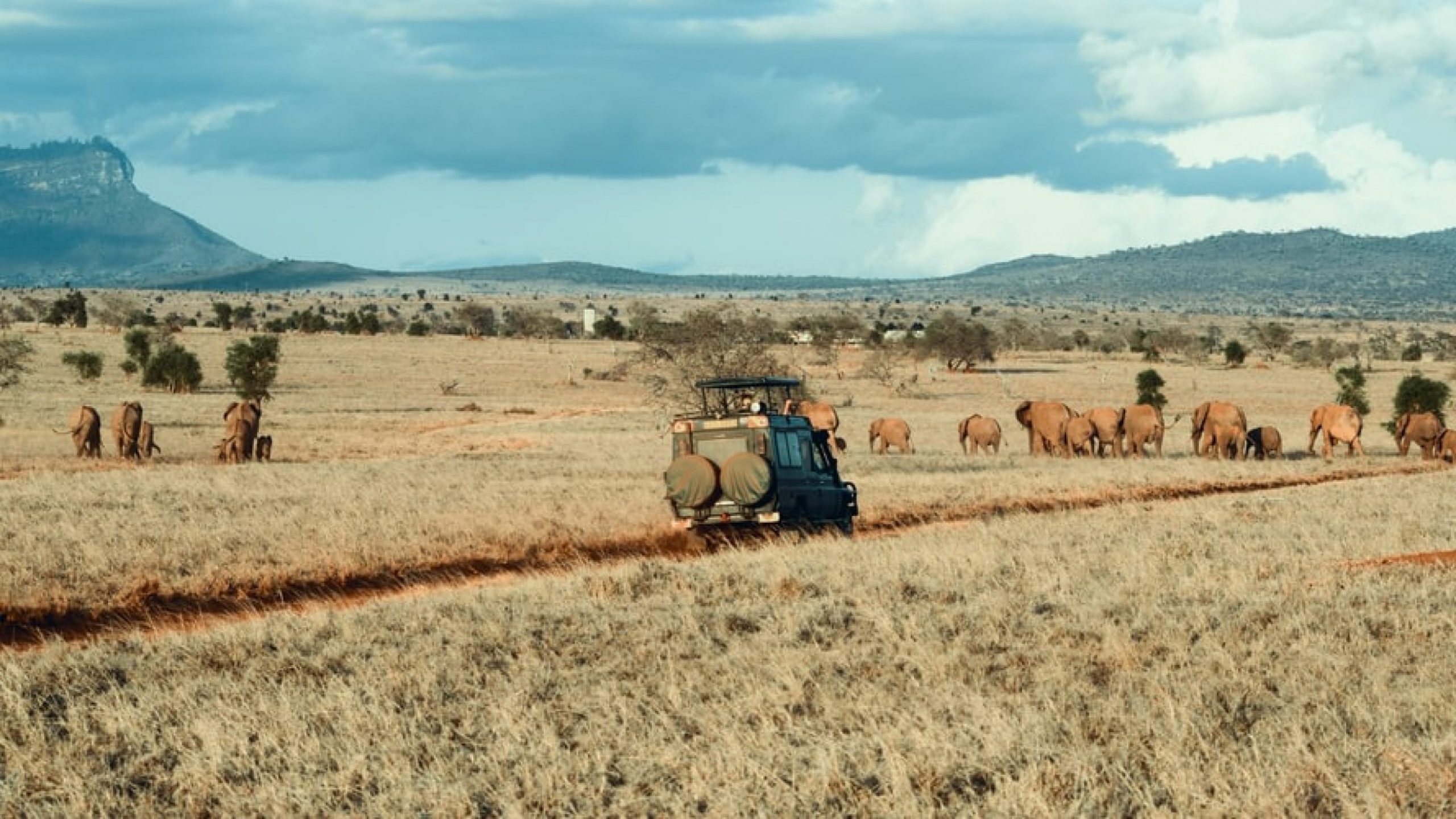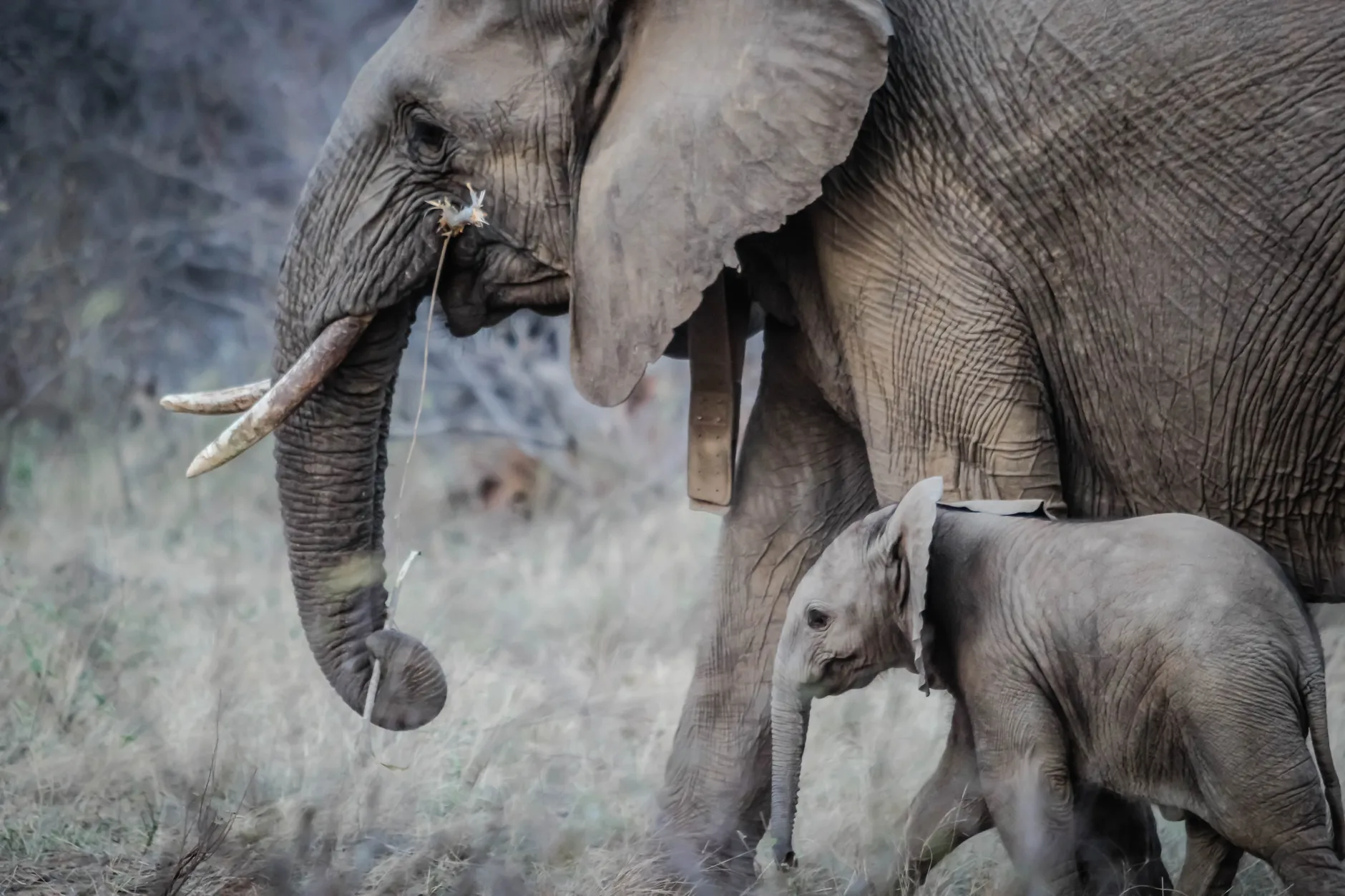Africa is home to some of the world’s most endangered species, including the Ethiopian wolf, Grevy’s zebra, black rhino, white rhino, mountain gorilla, and Rothschild giraffe. To protect these species from further decline, it’s essential to establish on the ground safeguards. To ensure that wildlife survive in their natural habitats, it’s necessary to empower local communities in Africa through conservation-friendly development and to establish partnerships among international organizations to safeguard Africa’s natural resources. Although anti-poaching measures are critical in animal conservation, involving local communities can help achieve better results.
Human beings play a critical role in protecting these ecosystems. Local communities and wildlife often share land and live alongside each other across the African continent. This has often led to conflicts over water and space. For the future of humans and wildlife to thrive, both must learn to coexist inside and outside the protected areas.
Having people harmoniously coexist with breathtakingly beautiful animals in Picturesque African habitats is a dream that has yet to be realized. Despite over a hundred years of international investment in conservation in the continent, wildlife still faces a critical threat. Over the last 50 years, there has been a significant decline in species across Africa. For instance, the population of lions has decreased by 40% over the previous two decades, between 1970 and 2005, the population of 69 essential African mammal species dropped by 59%. To turn things around, it is vital to develop a better approach to conservation.
Anti-poaching initiatives have been at the forefront of animal conservation in Africa. However, although poaching is a significant threat to Africa’s wildlife, an even more significant problem exists–land. Over the years, wildlife has lost space for infrastructure, urbanization, and agriculture. This makes the need for animal conservation in Africa more critical than ever.
There are many benefits to wildlife conservation in Africa. Wildlife is valuable both economically and in maintaining ecosystems. Predators such as lions keep herbivore populations from overgrazing on fragile grasslands. In many cases, seeds need wildlife to come to life. For example, some forest seeds need to pass through an elephant’s gut to germinate and be dispersed.
Wildlife helps maintain forests and other ecosystems, which are vital in regulating the amount of carbon in the atmosphere, improving soil fertility, protecting watersheds, and more. Kenya’s Mau forest benefits Kenya’s economy by $1.3 billion and the tea industry by $163 million annually, mainly due to its ability to catch, store, and distribute water. In Southern Africa, the legal, sustainable trade in wildlife is worth over $300 million a year.
Viewing wildlife is one of the leading tourism activities in Africa. Since 2005, tourism in the continent has grown by more than 6%, and the industry was estimated to be worth $34.2 billion. Although controversial, trophy hunting plays an essential role in local economies, especially in regions that are not suitable for tourism. It encourages more extensive tracts of land to be made available for wildlife and is also a source of income-generating activities. The iconic African wildlife is highly valued, and sometimes even revered for its mere existence. It is often intertwined with local culture, and the loss of wildlife could easily lead to the loss of cultural ties.

